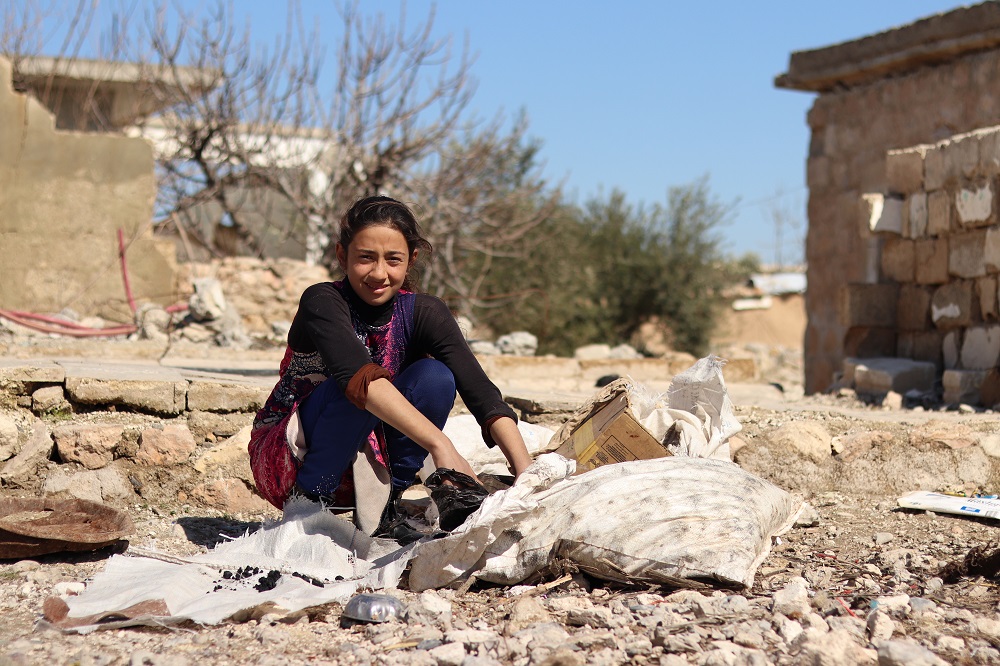
Every child has a right to protection. But in countries throughout the world, conflict, warfare and natural disasters have shattered children’s childhoods, placing them at an unprecedented risk of violence. Today, we are witnessing the highest levels of displacement on record – and with more than half the world’s 25.9 million refugees under the age of 18, we urgently need cohesive, collaborative coordination between all those working to prevent and end violence.
Last month, the Global Protection Cluster (GPC) and the Child Protection Area of Responsibility (CP AoR) released their respective 2020-2024 strategies to ensure that the most vulnerable, including children, are protected and are able to exercise their rights during a crisis. The Global Protection Cluster (GPC) is a network of nongovernmental organisations, international organisations and United Nations agencies working to protect the most vulnerable in humanitarian crisis. This includes armed conflict and disasters. The GPC – led by the United Nations High Commissioner for Refugees (UNHCR) has four areas of responsibility, including the CP AoR led by UNICEF.
The CP AoR brings together non-governmental organisations, United Nations agencies, academics and others under the shared objective of ensuring more predictable, accountable and effective child protection responses in emergencies. This includes integrating the prevention of violence, exploitation and abuse of children into humanitarian programming on a more comprehensive level. In a world where one in every four children is living in a country affected by conflict or disaster, this work has never been more critical.
End Violence works closely with both the CP AoR and UNHCR itself to support enhanced prevention of violence against children and evidence-based interventions inside humanitarian settings. The Partnership also supports humanitarian actors to access solutions, expertise and resources to strengthen their programming. And, we advocate for strengthened cooperation between different coordination mechanisms to ensure the development of comprehensive national action plans to end violence against all children, including refugees, internally displaced and migrant children.
In 2019, the CP AoR provided support in over 40 countries, including pathfinding countries like Nigeria, Zimbabwe, Burkina Faso and Colombia. This was complemented, in part, by programmes working to end violence against children across the world – including 12 humanitarian projects supported by the End Violence Fund in Nigeria and Uganda.
The 2020-2024 strategy has four strategic objectives, which include:
- Strengthening advocacy, policy and integrated approaches to better prioritise and deliver safe and inclusive child protection services through key partnerships.
- Enhancing the coordination of child protection responses through the provision of flexible, timely and appropriate operational support, both remote and in-country.
- Strengthening existing and locally owned child protection coordination systems and improving local service provision. This should be done in close collaboration with local governments, civil society, protection actors, other clusters/sectors and national actors while adhering to the principle of neutrality.
- Improving the quality of child protection prevention and preparedness measures and responses through quality monitoring systems, stronger analysis and the building of an evidence base of good practice.
In the coming years, End Violence will continue to support the work of the CP AoR and to advocate for enhanced child participation, evidence-based interventions to end violence against children, documentation of such interventions in humanitarian settings, and increased resource mobilisation for these projects.
Read more about the Global Protection Cluster and the CP AoR.
Photo: © UNICEF/UNI310478/Al-Issa